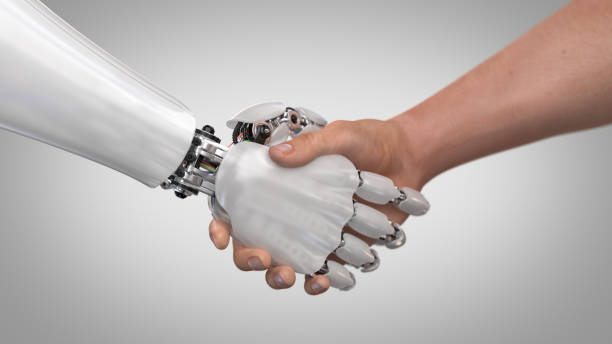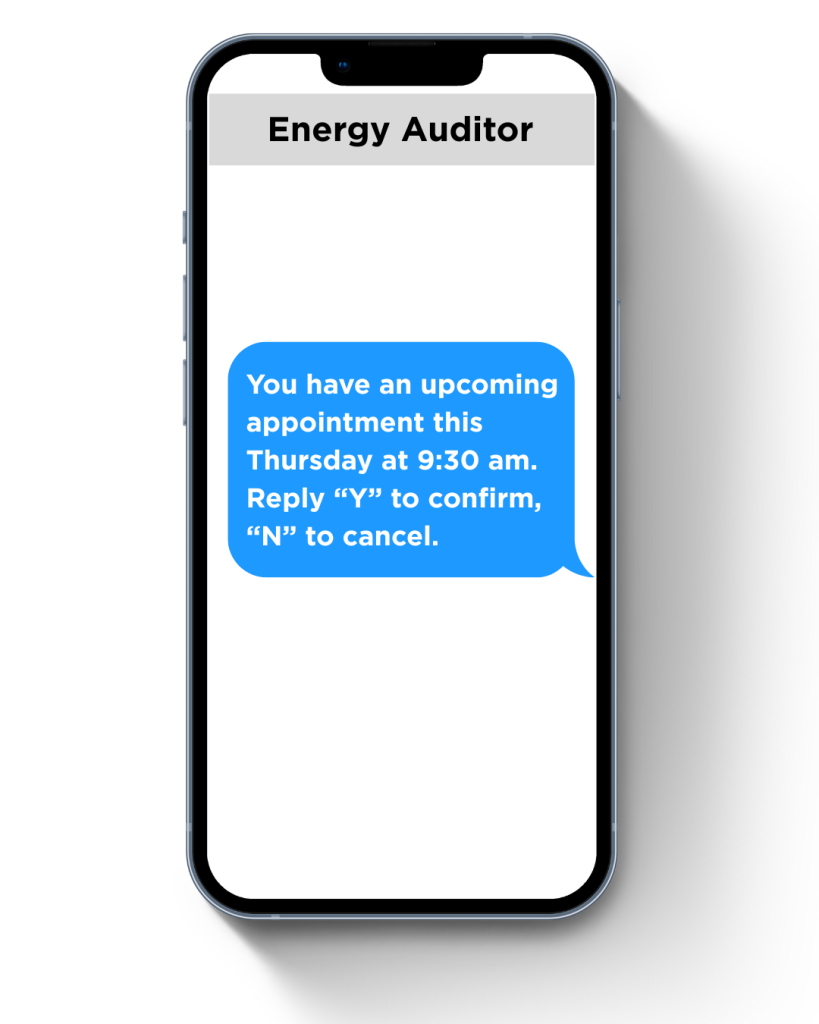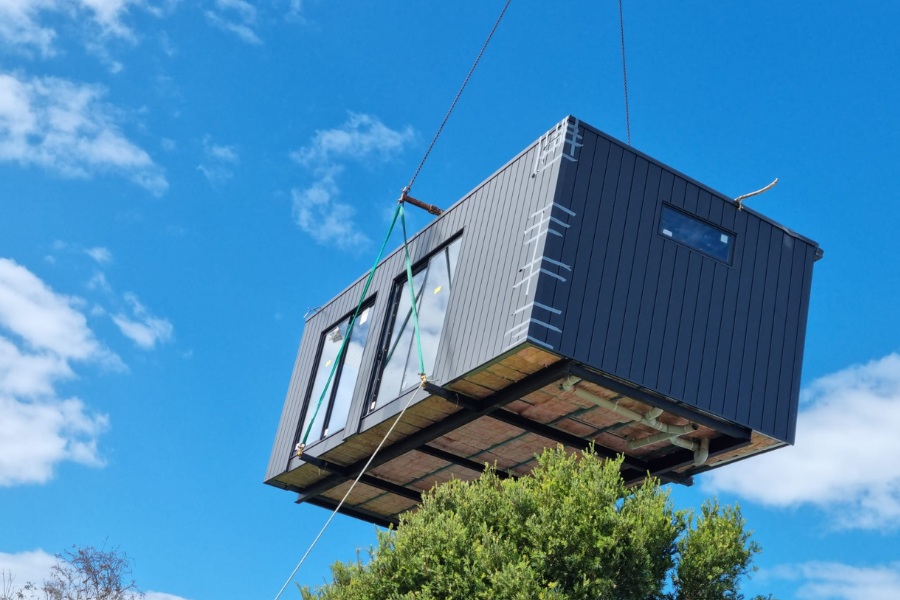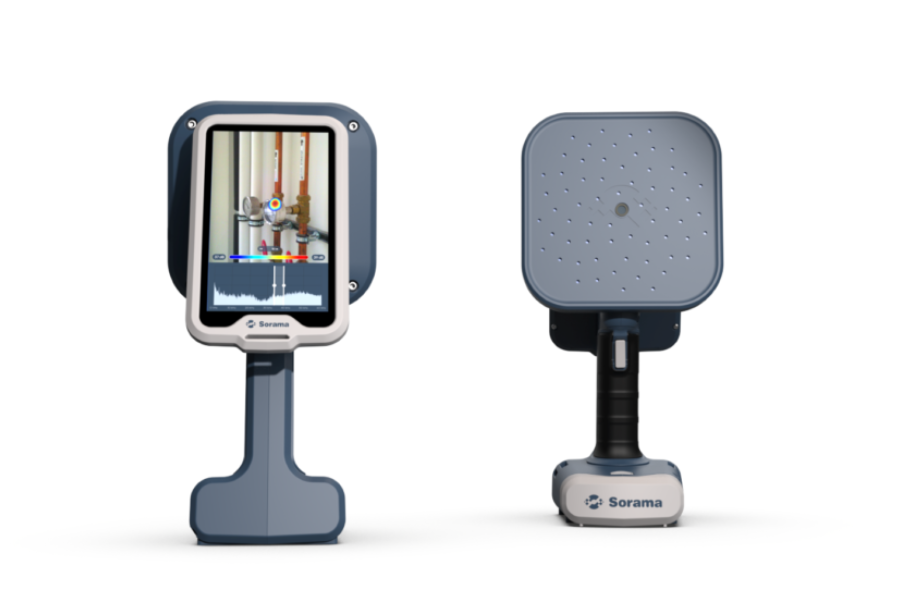Apr 28, 2025
Work Smarter, Not Harder: AI and Automation Tools for the Home Performance Industry
"The best time to learn AI was two years ago. The second best time is today."
By: Tersh Blissett
The home performance industry stands at a technological crossroads. While skilled hands and expert knowledge remain irreplaceable, artificial intelligence (AI) and automation are transforming how businesses operate. Today’s competitive landscape sends a clear message: those who embrace these digital tools will thrive, while those who resist may find themselves struggling to keep pace.
From small residential contractors to large commercial service providers, companies are discovering that AI and automation aren’t about replacing human expertise—they’re about enhancing it. These technologies handle repetitive tasks that drain resources, allowing your skilled professionals to focus on what they do best.
The Need for AI and Automation in Home Performance
Our industry faces unique challenges. Labor shortages continue to plague the skilled trades, with over 70% of contractors reporting difficulty finding qualified technicians. Meanwhile, homeowners now expect immediate responses, transparent pricing, and seamless scheduling options—just like they receive from other service providers.
Traditional operations fall short in addressing these challenges. Paper-based systems, manual scheduling, and reactive customer service create bottlenecks that limit growth. Many contractors find themselves trapped in a cycle where they’re too busy handling day-to-day tasks to implement systems that could alleviate their workload.
Pete Daniels, owner of Efficient Energy Solutions in Michigan, experienced this firsthand. “We were drowning in paperwork and phone calls,” he recalls. “Our four-person office staff spent most of their day juggling schedules and following up on appointments rather than helping grow the business.”
Key AI and Automation Tools Making an Impact
Smart Scheduling and Dispatching
Intelligent scheduling systems have revolutionized how service businesses allocate their most valuable resource: technician time. Platforms like ServiceTitan and Housecall Pro incorporate AI algorithms that analyze historical service data, travel patterns, technician skills, and even traffic conditions to optimize routes.
The results? Businesses report up to 30% more appointments completed daily with the same workforce, plus significant reductions in drive time and improved on-time arrival rates.
Automated Customer Communication

Nothing frustrates customers more than poor communication. Today’s AI-powered tools address this through multiple channels, including:
- Conversational chatbots that handle initial inquiries and schedule appointments 24/7,
- Automated text messaging, which sends appointment confirmations and technician estimated times of arrival (ETAs),
- Voice AI systems that answer calls during peak periods or after hours, and
- Email automation that can deliver personalized maintenance reminders and service promotions.
These systems ensure consistent communication while dramatically reducing administrative workload. Importantly, they transfer complex issues to human staff when necessary, creating a hybrid approach that combines efficiency with personalized service.
Predictive Maintenance and Smart Diagnostics
The reactive service model is giving way to predictive approaches powered by AI and connected sensors. Smart diagnostic tools allow technicians to identify root causes faster through:
- AI-enhanced testing equipment that interprets combustion analysis and electrical readings with greater precision,
- Connected sensors that monitor systems, showing early warning signs of failure, and
- Machine learning algorithms that analyze patterns across thousands of service calls to predict likely failure points.
These tools not only improve first-time fix rates but also enable premium maintenance programs built around predictive service, addressing problems before they cause customer discomfort or emergency calls.

Data Analytics for Business Growth
Modern customer relationship management (CRM) systems provide actionable business intelligence. AI-enhanced platforms analyze customer data to:
- Identify households most likely to invest in energy upgrades,
- Forecast seasonal demand spikes with remarkable accuracy,
- Highlight which types of equipment generate the most callbacks, and
- Segment customers for targeted marketing based on home characteristics and past behavior.
These insights allow contractors to make data-driven decisions about staffing, inventory, and marketing investments, often uncovering opportunities that would remain hidden in traditional systems.
Real-World Success Stories
Service Emperor: Automated Customer Communication
This HVAC, plumbing, and electrical contractor implemented a complete automation workflow that transformed their customer communication. Their system automatically responds to Google reviews and creates social media posts highlighting positive customer experiences.
“Before automation, we were inconsistent with our review responses and barely maintained a social media presence,” explains the operations manager. “Now our review response rate is 100%, and we’ve seen a 217% increase in online engagement, all without adding staff.”
Their year-over-year results included:
- 78% reduction in communication-related administrative time,
- 43% increase in positive online reviews, and
- 22% increase in referral business attributed to improved online presence.
Tri-Star Heating & Air: Streamlined Operations
This residential contractor implemented an automated workflow where form submissions automatically trigger customer creation and booking in ServiceTitan. After implementing this system with automated text confirmations, they achieved:
- 90% reduction in manual data entry errors,
- Significant decrease in missed appointments, and
- Reallocation of approximately 20 administrative hours weekly to sales and customer service.
“The total investment was recouped within three months,” explains their operations manager. “We’ve since added three technicians without increasing office staff.”
Relentless Digital: AI-Enhanced Marketing
This home services marketing agency helps contractors implement AI-powered marketing automation. One of their clients, a mid-sized insulation contractor, implemented their BullseyePro system for SMS and email marketing automation. Within six months, they documented:
- 34% increase in repeat customer business,
- 27% improvement in lead-to-sale conversion rate, and
- Creation of consistent, personalized customer communications without adding marketing staff.
“Using AI to personalize customer communications at scale has completely changed our business model,” says the contractor. “We’re now able to maintain relationships with past customers in a way that was impossible before.”

Overcoming Resistance to AI and Automation
Despite the benefits, many contractors hesitate to implement these tools. Understanding common objections is crucial for businesses ready to embrace change.
Perceived High Costs
Many assume automation requires significant upfront investment. In reality, most modern solutions use subscription models with manageable monthly fees. The key is calculating ROI: if a $200 monthly subscription saves 20 hours of administrative time and generates even one additional appointment weekly, the financial case becomes compelling.
The Learning Curve
The fear of disrupting established workflows is legitimate. Successful implementation requires a phased approach:
- Begin with systems that operate alongside existing workflows
- Identify tech-savvy team members as internal champions
- Prioritize solutions with robust training resources
- Set realistic timelines that allow for adjustment periods
Fear of Job Displacement
Perhaps the most sensitive objection is concern about job loss. Effective leaders frame automation differently: as a tool that eliminates the least rewarding aspects of jobs while creating growth opportunities. Be transparent that the goal isn’t staff reduction but shifting focus to higher-value activities.
The “Optimize, Automate, Delegate” Framework
Successful technology adoption follows a strategic sequence:
- Optimize existing processes before automating them
- Automate the optimized process using appropriate technology
- Delegate remaining tasks that cannot be automated to appropriate team members
Starting Small: Low-Risk Entry Points

Contractors needn’t overhaul their entire operation at once. Start with:
- Text message appointment reminders (can reduce no-shows by 30%)
- Online scheduling for simple services like energy audits
- Basic website chatbots to answer FAQs and collect contact information
- Automated review solicitation after service completion
The key is selecting one area where current processes cause clear friction, implementing a targeted solution, documenting results, and using that success to build momentum.
The Future of AI in Home Performance
Looking ahead 3 to 5 years, several emerging technologies will reshape our industry:
Advanced Voice AI Solutions: Systems like Avoca will continue to evolve, allowing for more natural conversations with customers and handling increasingly complex interactions without human intervention.
AI-Enhanced Marketing Automation: Platforms leveraging ChatGPT and Claude AI will deliver hyper-personalized marketing content based on specific customer history, preferences, and behavior patterns.
Sales Call Analysis: Tools like Rilla will automatically analyze sales conversations to identify successful techniques, missed opportunities, and provide coaching to improve closing rates.
Integrated Workflow Automation: Zapier-powered automation flows will become more sophisticated, creating seamless workflows that connect multiple platforms and eliminate virtually all manual data entry.
Autonomous Internal Operations: Weekly leadership check-ins, performance reporting, and team communication will become increasingly automated, ensuring consistent management oversight while reducing administrative burden.
Why Early Adopters Will Dominate
Businesses that embrace these technologies early will build substantial competitive advantages, including:
- Data Advantage: AI systems improve with data volume—early adopters will build proprietary datasets that enhance their competitive position.
- Operational Efficiency: Lower overhead costs will enable competitive pricing without sacrificing margins.
- Talent Attraction: Next-generation technicians will prefer employers offering advanced tools.
- Customer Experience: Enhanced diagnostics and communication will create service experiences traditional operators cannot match.
Conclusion

The home performance industry stands at a pivotal moment. As myself and Josh Crouch of Trade Automation Pros often tell our community of over 300 business owners, “The best time to learn AI was two years ago. The second best time is today.”
The path forward begins with a single step. Identify one operational pain point that technology could address:
- If communication gaps frustrate customers, implement automated thank-you emails and review requests after job completion.
- If Google reviews go unanswered, set up automated review responses that create social media content.
- If form submissions create administrative bottlenecks, create workflows that automatically generate customer records and bookings.
- If team communication is inconsistent, implement automated weekly check-ins through platforms like Slack.
Start with a solution addressing a specific challenge, measure results, and build from there. The contractors who will lead the home performance industry aren’t necessarily those with the longest history or largest market share—they’re the ones embracing tools like Zapier, PhoneTAP, and ChatGPT to work smarter, not harder.
As one automation expert puts it: “Don’t try to eat the elephant in one bite. Pick one problem that’s costing you money or customers, solve it with automation, and let that success fund your next improvement.”
Ready to get started? The growing community of home performance professionals embracing these technologies provides ample resources and support. Whether through industry podcasts like Service Business Mastery or communities like the Skilled Trades Syndicate, you’ll find contractors eager to share their automation journey.
The future belongs to those who adapt. Will your business be among them?






